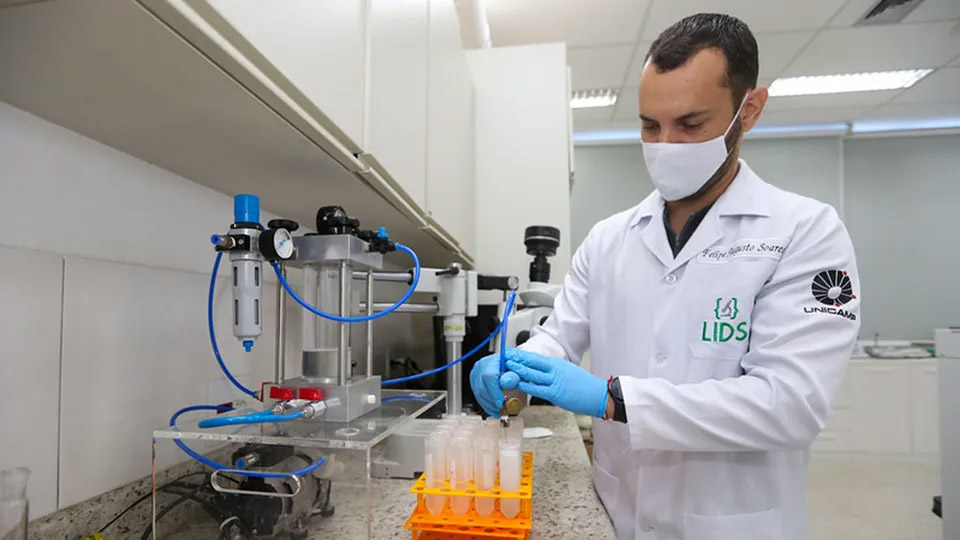Founded in April 2010, Xiaomi Corporation is an Internet company producing smartphones and AIoT (Artificial Intelligence of Things) devices, such as connected devices in households like robot vacuum cleaners, and wearables like smart watches. Xiaomi's mission is to manufacture top quality products with fair prices and to support customers worldwide to enjoy a better life through innovative technology.

Ten years after its inception, and following its original mission statement, Xiaomi Corporation has developed into a top-class technology company in China and a global technology leader. In 2019, Xiaomi Corporation appeared in Fortune’s Global 500 for the first time, while also being the youngest company on the list. Moreover, in the third quarter of the year 2020, the corporation outperformed Apple to third place as a top smartphone vendor by selling 47.1 million units, according to a Canalys report.
The name of the brand derives from a Chinese meal that the founders ate before officially starting the business, a millet porridge called “Xiaomi Zhou” in Chinese. In addition, the "MI" in the company’s logo stands for "Mobile Internet". It also resembles the Chinese character "心" rotated 180°, which means “heart”. With technological breakthroughs in the field of AIoT, like Xiaomi´s AIoT router, the brand has built a leading IoT platform for consumers, increasing the attractiveness of Xiaomi's smart products and leading the industry's development trend.
Strategic branding: brand diversification for different target groups
Xiaomi Corporation started developing multiple brands after its establishment. In August 2010, the first private beta version of MIUI, the company’s own user interface based on Android, was launched. A year later, Xiaomi Corporation released its first smartphone.
At the beginning of 2012, Xiaomi Corporation launched its "Redmi Plan", that aimed to carefully select industrial chain suppliers to make phones for the general public. While Redmi focuses on a higher cost-performance ratio and the e-commerce market, Xiaomi focuses on mid-to-high-end and new retail markets. In July 2013, the company released Redmi phones with a DSDS (Dual SIM Dual Standby) mode, which were sold at around a thousand yuan (around 150 US dollars or 130 euros). Redmi was later registered as an independent brand in 2019. Lei Jun, the founder of Xiaomi Corporation, explained that developing Xiaomi and Redmi in different directions would position Xiaomi’s branding more clearly.

On March 30, 2021, Xiaomi released a brand new logo and started upgrading its brand recognition system. So far, Xiaomi Corporation's strategic branding system has integrated many of its brands such as Xiaomi, Redmi, POCO, Mijia and Xiaomi Youpin, multiple sub-brands and other defensive brands.
Reducing costs and saving time with the help of the Madrid System
Xiaomi Corporation’s financial report for the third quarter of 2020 showed that 55% of its total revenue comes from overseas markets, which is a record high for the corporation. Due to its rapid development in foreign markets, the company is facing rigorous challenges regarding intellectual property globally. Currently, the business exports products to nearly 100 countries and regions and has applied for over 18,000 trademarks abroad in total, of which more than 70% were applied for through WIPO's Madrid System. This demonstrates how the System plays a key role in the management of the corporation’s international intellectual property. Indeed, the products and Internet services sold and provided by Xiaomi Corporation cover a wide array of categories, and the fees for overseas trademark applications quickly become very high. A single application fee for one trademark, one class and one country can reach tens of thousands of yuan (over 1,500 US dollars or 1,300 euros). With applications filed through the Madrid System, the cost of applying for trademark registrations can be considerably reduced compared to registering in different countries separately.
Moreover, it is easier to file applications and manage registrations through the Madrid System. Users only need to submit one application to their Office of origin in one language. With 108 Madrid Union members and continuous membership extension, Xiaomi Corporation can protect its intangible assets on most of the markets in which it operates. The System also allows it to remain flexible and accommodate its business needs. Indeed, later changes to its registrations – such as subsequent designations, change of ownership, corrections or renewals – can all be handled through simple procedures, some of them entirely online.
Xiaomi and the WIPO Madrid System in practice
Mijia (International Registration Numbers 1400365B, 1400365A, 1400365, 1379373, 1366319, 1366276E, 1366276D, 1366276C, 1366276B, 1366276A and 1366276)
Outside the field of smartphones, the corporation’s founder, Lei Jun, introduced the brand Mijia in March 2016. Mijia is a new brand under Xiaomi Corporation, comprising of smart household products such as rice cookers and robot vacuums. The name Mijia is the combination of "mi" and "jia", which are transliterations (also known as pinyin) for the characters "mi" in Xiaomi and "jia" in "zhineng jiating", or “smart home” in Chinese.

The logo shaped like a shield, promotes the idea of a reliable protection for the smart homes of Xiaomi's consumers. The company has also entered the e-commerce market by launching the online boutique Mijia Youpin in April 2017, later renamed as "Xiaomi Youpin".
Fast pace, innovative technology to make consumers’ lives simpler
After great success in China, Xiaomi Corporation expanded rapidly across the world. In only eleven years, the corporation established itself as a global technology leader, with numerous brands and products. With such an extensive portfolio, the need for a structured and convenient trademark registration method became an urgent necessity. The Madrid System helps Xiaomi Corporation by offering an intuitive and efficient framework to register and manage multiple trademarks worldwide while greatly reducing costs.



